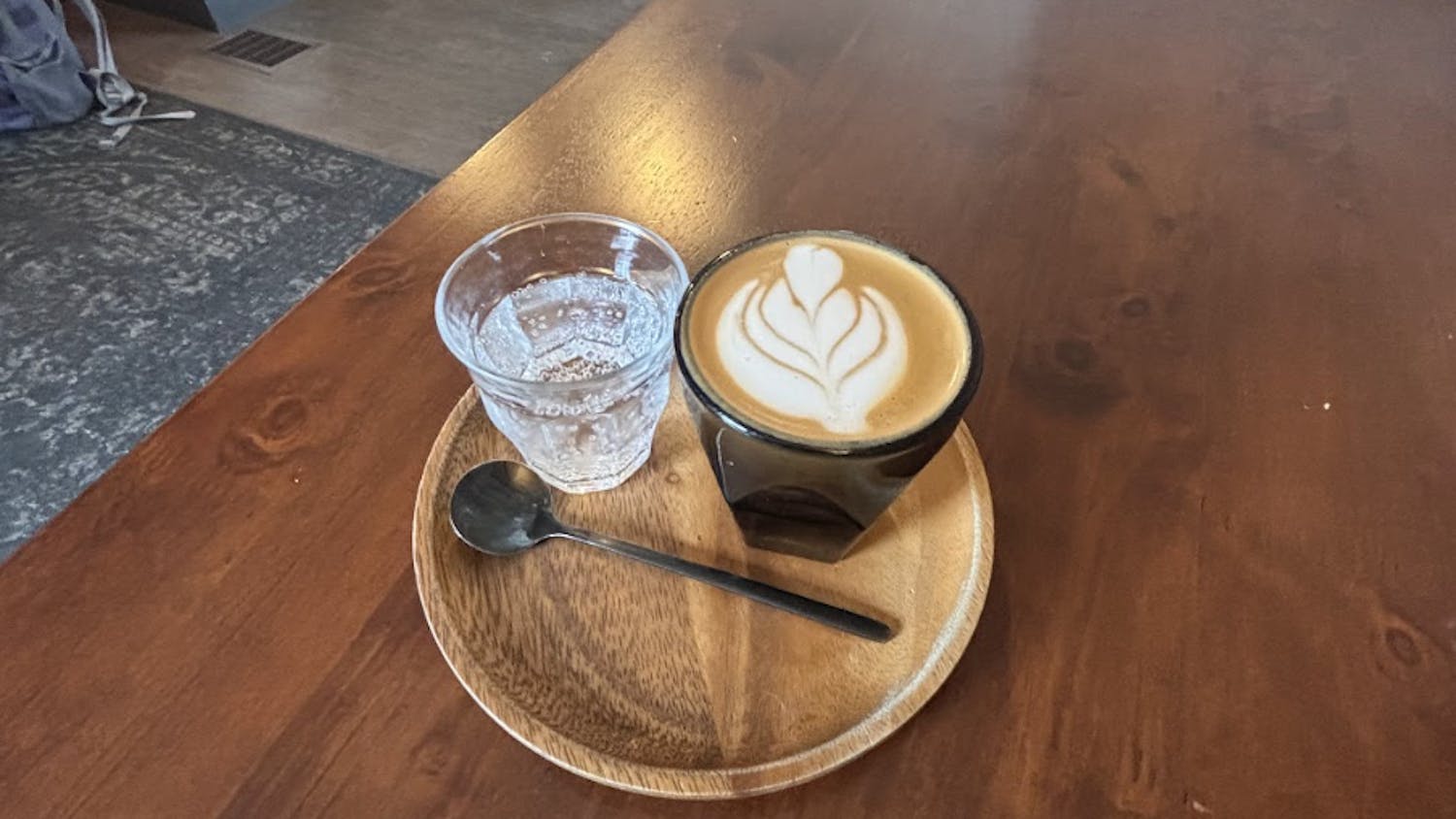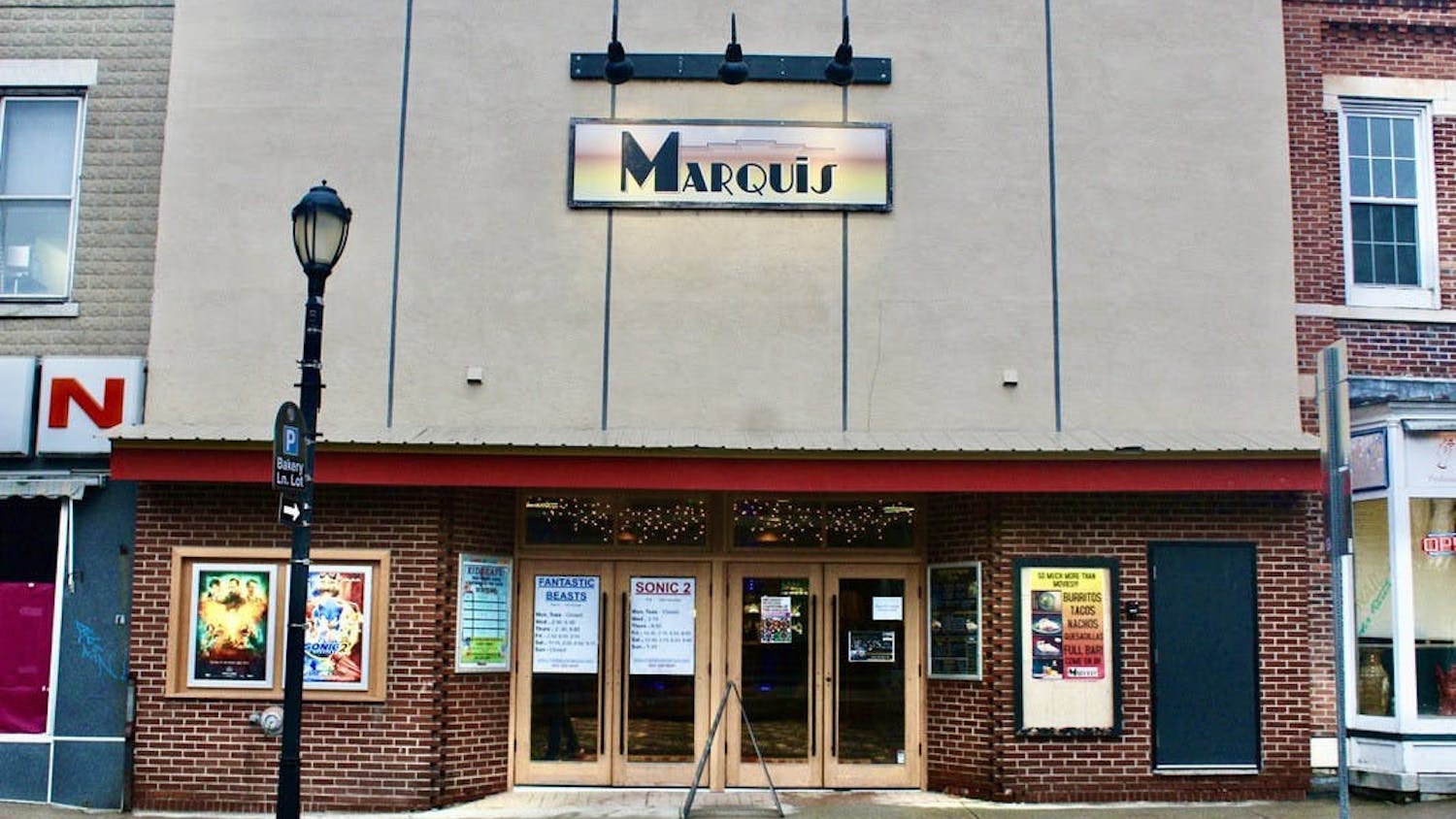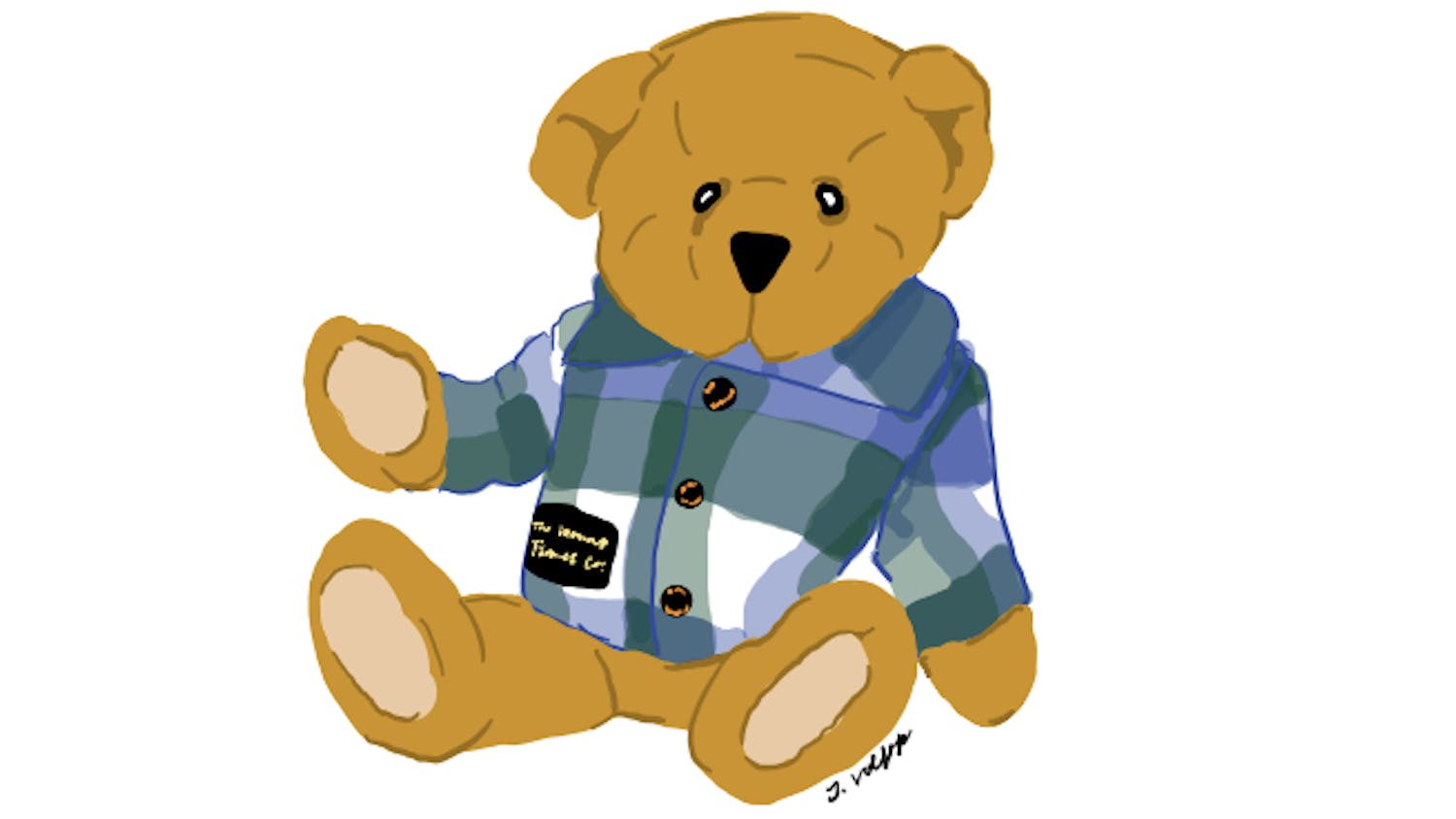They line the walls of the State House in Montpelier. Eyes of past leaders gaze out at Vermont tourists and legislators. They are silent, yet powerful reminders of the past.

“I’m very excited to be in the Vermont State House,” said Gridley, who has paintings in both private and public settings.
After submitting a portfolio to David Schütz, the State Curator of Vermont, in December, Gridley was selected, along with three other artists, as a finalist to paint the portrait. She was then asked to describe her artistic process and to give a potential budget for her piece. At the end of March, Schütz notified Gridley that the Governor had chosen her to do the official portrait. She was thrilled.
Yet Gridley is no stranger to commissioning large public works. In 2000, she painted the official portrait of former Middlebury College President Timothy Light. The painting now hangs in the boardroom in Old Chapel.
The official portrait of Douglas will eventually hang in the State House in Montpelier. It is to be completed by December 1, and it will be an oil painting. Gridley is excited about her upcoming work, but she said she generally takes a full year to complete such projects. The limited time means Gridley will soon begin to work exclusively on Douglas’ portrait.
The Governor will sit for Gridley in the fall, at which point most of the portrait will already be planned — she and Douglas have already begun discussing designs. Gridley aims to have a series of drawings, each with different possible settings and poses, completed by May, after which she said she and the governor will hopefully “come to a place of shared vision” by June 1.
“Governors take a real interest in their portraits,” said Gridley. “It is a piece of their legacy that then becomes a part of history.”
Though Douglas himself wants to be as involved as possible, he is extremely busy.
Gridley will undoubtedly be kept busy as well, though her artistic routine is now second nature.
“It is a process I’ve used countless numbers of times,” said Gridley.
In each instance, she asks the person being painted the same thing: 50 years down the road, what do you want people to remember about you? This may be an important achievement, certain symbols or a particular legacy the person hopes to leave behind.
“I’m always looking for what to know about this person by looking into their face,” said Gridley. “I look for what’s essential in each person’s humanity.”
Once she has a better feel for the person, Gridley dives into the drawing process. She sketches the portrait on canvas, before doing an under painting using a technique called grisaille to paint the places of flesh, like the head and hands. After the paint dries, Gridley uses thin layers of glaze to complete the skin’s complexities. This part of the process, she says, is why the portrait takes so long. Other aspects of the painting, such as clothes and setting, require less layering and are therefore completed more quickly.
Though Gridley has been painting her entire life and is comfortable with the process, she still gets simultaneously nervous and excited for each work.
“Each painting is its own journey. The only added element in this particular situation is its public nature,” said Gridley, who admited to keeping a low profile.
Gridley does not have a personal website and she said not everyone agrees with this decision. But Gridley’s success in the art world, and in Middlebury in particular where she has lived and worked since 1991, leaves little room for such criticism.
“I do things in my own terms, my own time, my own way,” said Gridley.
She has shared this individualistic style and deep passion for art with Middlebury College students, teaching four Winter-Term courses since 1991.
After graduating from Williams College in 1978, Gridley traveled to Italy where she learned Renaissance art techniques, including how to prepare materials from scratch. At Middlebury, Gridley sought to invent a course she wished she had been taught. She eventually teamed up with Katy Smith Abbott, Associate Dean of the College and Assistant Professor of the History of Art and Architecture, to create a hands-on art history course. Gridley has also led discussion sections in art history classes over the years. Most recently, Gridley created a panel for the “Art of Devotion” exhibit, which was held at the Middlebury College Museum of Art in the fall of 2009. Her panel described how Renaissance paintings were made.
“I have the opportunity to come on campus and share my thoughts with students and I love doing that,” said Gridley.
“Middlebury College students ask great questions.”
Gridley sees Douglas as an important member of the Middlebury community. He has worked for the state of Vermont for over 30 years, and he has served as both the Secretary of State and as the State Treasurer before accepting his position as governor in 2002. Gridley hopes to depict Douglas’ love of the state and its people in her portrait.
“We are adding to the fabric of Vermont history,” said Gridley, referring to her partnership with Douglas. “He and I are creating his and my collaborative truth.”
Yet for all the work Gridley will do for the portrait, she asserts that the project is about paying tribute to a strong Vermont leader whose dedication to the state deserves to be recognized.
“I’m merely a vehicle. I’m a set of eyes and hands,” said Gridley. “We are honoring him by creating another symbol of the latest chapter in the history of Vermont.”
State House keeps it local: Middlebury artist commissioned for Governor Douglas' official portrait
Comments



